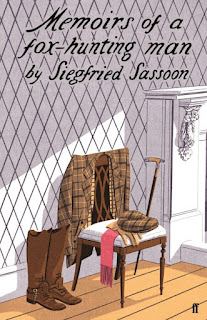An Art Born of the Laughter of God
Milan Kundera’s collection of essays The Art of the Novel is a high-styled version of fiction’s long history, a story the author keeps exclusive to Europe. In the book’s preface, Kundera introduces us to his tale with a cheeky warning. This is “no theoretical statement at all” — instead, “the entire book is simply a practitioner’s confession”.
Composed between 1983—86 in a bipolar world of East and West, these essays grapple with the novel’s function during the communist sphere’s insistence on reducing the individual to a digit, shrinking “man’s life to its social function” (p. 17).
Well-accustomed to communist ways of life (i.e., in 1975, Kundera fled for France from communist Czechoslovakia), Kundera has the authority to drop such politically charged ideas into these literary essays.
With this in mind, Kundera’s explicit objective was semi-polemical: to display how novels resist easy classification and advance the “essential relativity of things human” (p. 8). Philosophical in its conception, the reader should expect high-flown discussions of big names like Heidegger and Descartes, both used to explain Kundera’s realisation of the novel as an art form that ultimately apprehends the self.
Naturally if the novel is about the “discovery of existence”, then top-grade philosophers definitely belong here. Literary theory has little place in Kundera’s world. Rather, the focus is on the vicissitudes of life itself. Therefore, he elevates the novel to the same level as serious philosophical inquiry, and rightly so: Inquiry is the novel’s only goal.
Though highly convincing, Kundera exposes one unresolved problem in his discussions: to affirm what the novel is excludes all contrary definitions, limits it to one version.
Kundera says a novel “examines not reality but existence”, meaning inner lives. But why not both? Novels can at once be an investigation of reality, of mortal space while dealing with interior matters.
In no other writer is the texture of living as permeable as in D.H. Lawrence, where words amp-up the physical, the feeling of blood leaving veins. Kundera said: “Novelists draw up the map of existence by discovering this or that human possibility.” (p. 42) Yes, but in most novels the metaphysical blends with the material world. Although we are thinking about the life of the mind here, the novel’s presence in physical life — even its reality as a book, as an object — remains ever pertinent.
Man’s being is what the novel alone can discover, says Kundera (p. 64). This is the prism through which he views its history: as a sequence of consecutive discoveries. Hence his famous statement: a novel that does not discover “a hitherto unknown segment of existence is immoral” (pp 5—6).
The novel is an exploration of human ambiguities, the middle ground of moralities (deliberately plural). Correct — as Kundera puts it, the novel explores multiple truths, “embodied in imaginary selves called characters” (p. 6). The novel affirms life itself, arguing that the novel as project has proved “one of the last outposts” where man can truly express himself (p. 67). It is a great quest for the self, an enigma.
Likewise in his Nobel-winning
lecture, Kundera’s fellow practitioner William Golding more or less said
the same thing. All literary enthusiasts should take his words to heart: “[T]he
novel stands between us and the hardening concept of statistical man [. . .] [It]
performs no less an act than the rescue and the preservation of the
individuality and dignity of the single being, be it man woman or child.”



Comments
Post a Comment